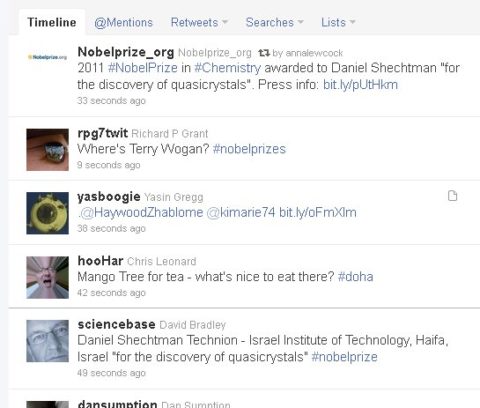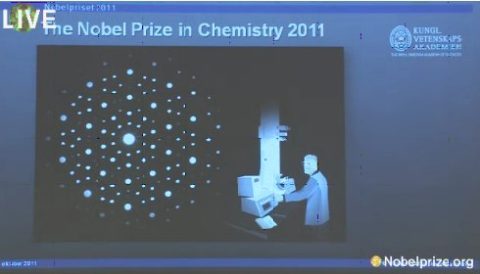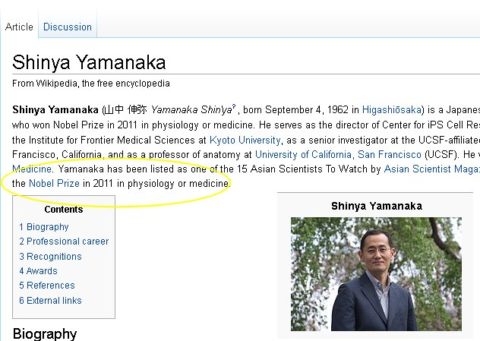In case you missed it, it’s Ada Lovelace Day. Augusta Ada King, Countess of Lovelace (10 December 1815 — 27 November 1852), born Augusta Ada Byron (yes, she was the only child of the poet Lord Byron). She is perhaps best known for her work on Charles Babbage’s early mechanical general-purpose computer, the analytical engine. Think SteamPunk iMac.
Within Lovelace’s notes on the machine is an algorithm intended to be run by the machine…it is, essentially, the first computer program. Remember, this was the Victorian era, Ada Lovelace was the “World’s First Computer Programmer”, the Godmother of SteamPunk you might say…just look at all those pearls and brass cogs if you don’t believe me.
Anyway, on 7th October, Ada’s day, bloggers and others are to share a story of a woman who has inspired them, whether engineer, scientist, technologist, mathematician, whatever. I might have written about Rosalind Franklin or perhaps Marie Curie, very inspiring women to any chemist. But, actually I think this year, I’ll mention Miss Hall.
Miss Hall was tall. She was my third year high school chemistry teacher and had the classic long white labcoat, with a spatula and pens in the front pocket, several rips and countless stains, acid burns, Bunsen burner scorch marks, and definitely a few blood patches…on her skin, mind you, not her labcoat!
Miss Hall towered over us physically and intellectually but within the prescribed curriculum for 14-15-year old chemistry students she spliced in stuff that we weren’t supposed to learn until we got to uni, the fascinating facts, the conjuring tricks chemistry teachers have to do to gloss over the misconceptions and misdirections in the curriculum and more besides.
But, more than that she also allowed us freedom to experiment way beyond the allowances of health and safety. Such experimentalists as we were we made aqua regia and dissolved a chunk of gold, we heated stuff well above what it was ever meant to be heated at and I have the scars to prove it. She used to fill our lab with stinking sulfurous fumes and we inhaled deeply the knowledge that came with them.
On one special occasion rather than creating a lame and frothy vinegar and bicarb volcano, Miss Hall poured concentrated sulfuric acid on to a pile of sugar to create vast billowing clouds and a frothing charred mass of porous black carbon. Incredible and a memory to cherish. I don’t remember any brass cogs or pearls, but I do remember chemical inspiration!
 With crystals in the news thanks to the award of the 2011 Nobel Prize in Chemistry to
With crystals in the news thanks to the award of the 2011 Nobel Prize in Chemistry to 

